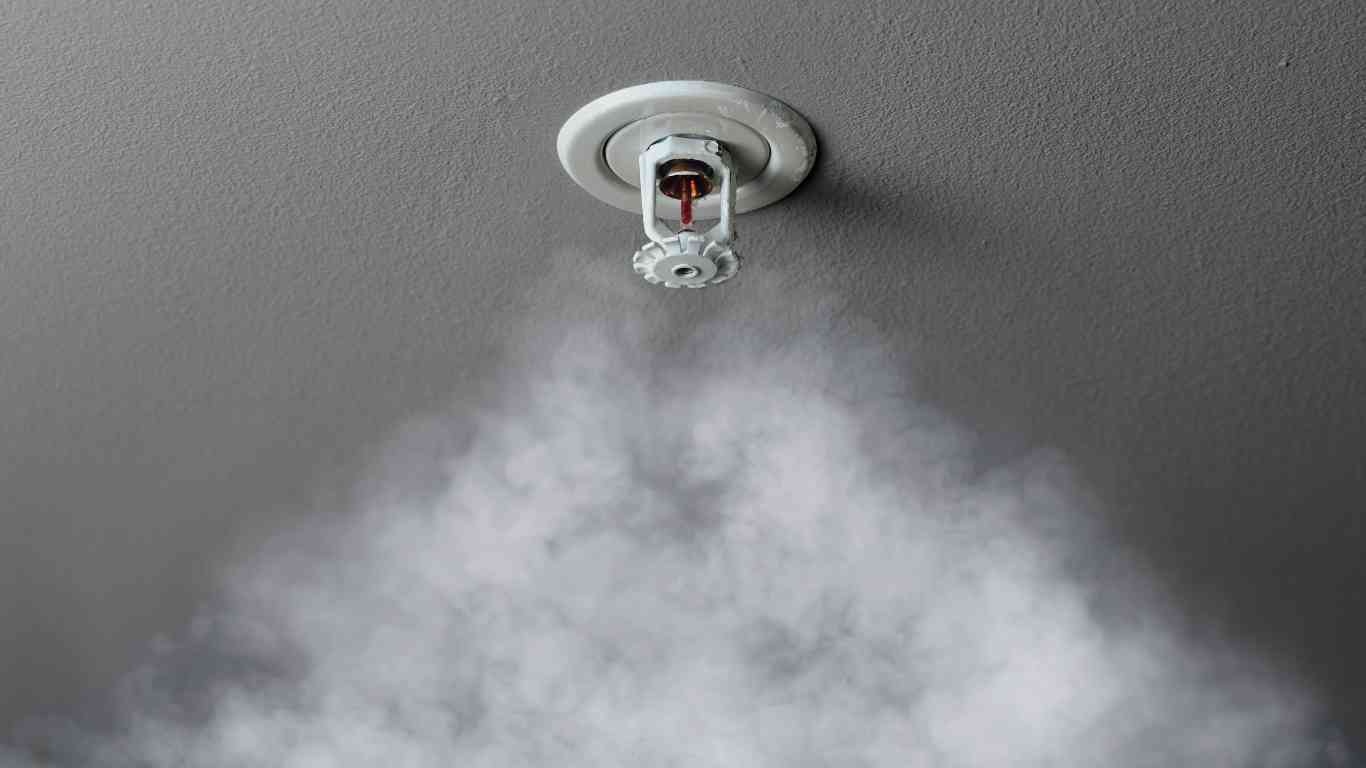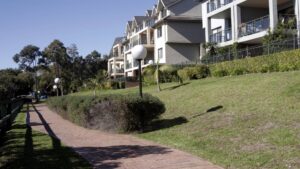For building managers, ensuring the safety of a building’s residents is a top priority – and that includes protecting occupants and the building from fire.
Automatic fire sprinklers are one of the most effective methods of putting out fire, which is why it’s vital – and legally required – that they are regularly inspected and tested. This is where BMA building managers play a crucial role.
“They might be small but fire sprinklers can help save lives, reduce harm and minimise property damage in the event of a fire,” says Building Management Australia (BMA) General Manager, Ben Mees. “Our team of building managers prioritise the maintenance of their building’s fire safety system because a fully functioning fire sprinkler system can automatically put out a fire before it spreads. Building managers monitor the system throughout the year and regularly bring in specialist contractors to check, test and maintain sprinkler systems to ensure they automatically activate and operate without a hitch.”
BMA building managers monitor their building’s fire safety systems and ensure only fire safety practitioners accredited by the Fire Protection Association Australia (FPAA) inspect, assess and test the sprinkler systems. “Fire safety practitioners can identify any issues and wear and tear, replace parts, and conduct annual system tests. Their assessment is also needed for the issuing of the building’s Annual Fire Safety Certificate,” says Mees.
There are several financial benefits to regularly testing and maintaining a sprinkler system:
– If insurance companies find that a fire sprinkler system hasn’t been regularly tested and maintained, they may void your property insurance
– Avoid the risk of receiving an infringement notice and fines
– You’ll avoid costly false-alarm fire brigade call-outs. By regularly maintaining the sprinkler system, you’ll help identify potential issues that may cause such call-outs.
“And, of course, having experts to frequently maintain and test fire sprinkler systems helps reduce the risk to human life and also property loss,” says Mees.
How effective are sprinklers?
Fire sprinklers are recognised by fire safety and protection organisations worldwide as a vital part of a building’s fire safety system. According to Fire & Rescue NSW (FRNSW), automatic sprinklers significantly improve the safety of a building’s occupants in the event of fire and can “prevent a fire from escalating, which may mean the difference between a minor incident and a major tragedy”.
In the event of a fire, a well-maintained automatic fire sprinkler system in an apartment building can:
- Reduce the spread and intensity of the fire
- Extinguish a fire
- Use considerably less water than firefighters’ hoses, which means less water damage
- Impede the spread of smoke, as the water sprays act as a barrier to smoke travel, which is vital, as smoke inhalation is a major cause of death during a fire.
Accidental activation
Although sprinkler malfunctions are extremely rare, FRNSW explains they can be activated as a result of human interference, both accidental and intentional via vandalism, resulting in considerable damage to the property and to the sprinkler parts.
“Occasionally, a fire sprinkler head is accidentally activated following a knock to its exposed plug or cap as a result of an accident, for example by nearby renovation work, by a vehicle’s roof rack or top part of a truck, or by a person throwing a heavy object at it, like a rock,” explains Mees.
BMA building managers know the steps to take when a fire sprinkler is accidentally activated to keep everyone safe, reduce damage, and quickly bring the water-affected areas back to their former condition with minimum financial cost and inconvenience. These steps include:
- Shutting off the water supply to the affected sprinkler via the isolation valve in the sprinkler system
- Turning off the power to the area to keep residents and fire safety practitioners who will conduct the repair work safe
- Taking action to dry the affected area as quickly as possible, which can include using a broom and mop and bringing in large air dryers and blowers
- Informing the Strata Manager and Owners Corporation of the event and keeping them up to date with the progress of repairs and reparations
- Liaising with the insurance company to organise an assessor to visit the building and to provide dryers and dehumidifiers
- Preparing a list of all damaged fittings and fixtures for the insurance company and the Strata Manager and Owners Corporation
- Sourcing and coordinating fire safety practitioners and contractors to repair the damage




